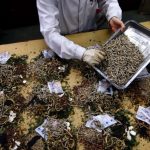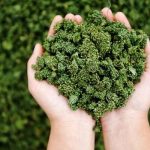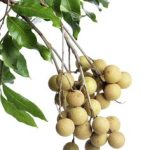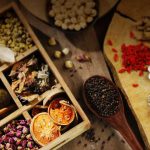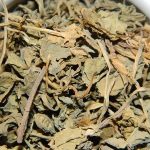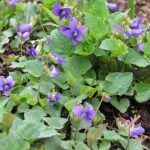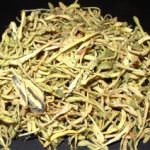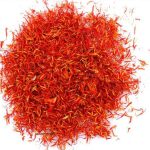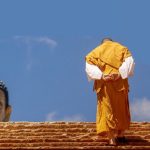A Benchmark for World Health
Chinese herbal medicine is one form of herbalism that has been in the sights of the World Health Organization (WHO) for some decades now and for good reason. Herbal medicine in general is familiar to people of various cultures in various countries, but the Chinese herbal tradition is a well documented benchmark for how herbal medicine can improve the health of people everywhere. In one of their publications, WHO has said:
Herbal medicine… has contributed significantly to man’s struggle against disease and has been an important component of health care systems for thousands of years. China has a long history of herbal medicine and has developed a unique system for using it. It is noteworthy that the use of many plants has withstood the test of time, and the safety and efficacy of some of them have been established by means of modem tests in a scientific framework. There are a number of domestic publications on medicinal plants in China, but few are available in English. Some of these plants can also be found in other parts of the world, thus the knowledge about them accumulated in China could usefully be transferred. To this end, the WHO Regional Office for the Western Pacific, together with the Institute of Chinese Materia Medica, China Academy of Traditional Chinese Medicine, started the project of this publication in 1985. There are about 7000 species of medicinal plants in China and 150 of those most commonly used were selected, photographed and documented. It is hoped that the booklet will contribute to the exchange of information throughout the world and especially to the health of people living outside China in places where the same plants can be found. *
WHO advocates the use of medicinal plants for several reasons:
1. Medicinal plants have been in use for untold centuries and have proved reliable and effective in treating and preventing disease.
2. Most species of medicinal plants are not toxic and therefore give rise to few, if any, side-effects; even when some adverse effects do occur, they are much less serious than those caused by chemically synthesized medicines.
3. People living in rural and mountainous areas have easy access to local medicinal plants, so that their use in preventing and controlling disease costs much less than if Western medicine were used and is thus economically beneficial to developing countries.
4. Medicinal plants are an important source of practical and inexpensive new drugs for people throughout the world.*
This source* also includes descriptions of plants, photographs, information about native habitats and medicinal indications. Some plants listed are found outside China as well. The material in this publication is written in a way that it is accessible to the lay person, however consultation with a practitioner of Chinese herbal medicine is recommended if you are interested in using these herbs for medicinal reasons. They are able to diagnose and prescribe appropriate herbs, compounds and doses for your particular situation. Additionally, they can advise you about the proper dosage, monitor progress and adjust dose or compounds accordingly.
If you are in the Louisville area, Jeffrey Russell is a practitioner of Chinese Medicine. He is a Chinese herbalist, acupuncturist and practitioner of Auricular Medicine. He trained with Dr. Jimmy Chang, world renowned Chinese herbalist, completing an internship with Dr. Chang in Los Angeles. You can learn more about Jeffrey, his work and Dr. Chang. If you would like to consult with Jeffrey about using Chinese herbs in your health plan, you can reach him at 502 299-8900.
———
World Health Organization, WHO, Medicinal Plants in China https://www.centerfortraditionalmedicine.org/uploads/2/3/7/5/23750643/medicinal_plants_in_china.pdf


